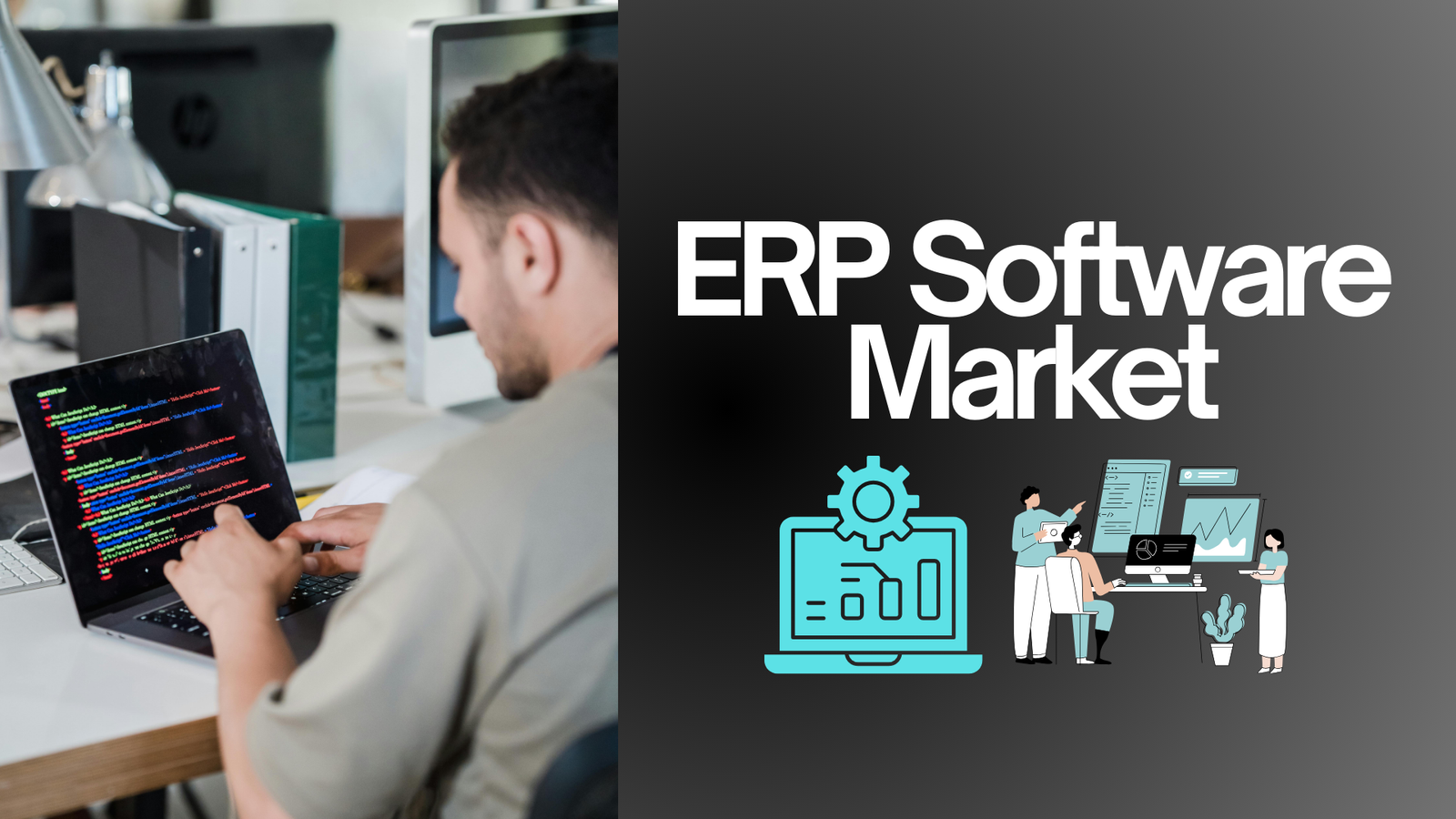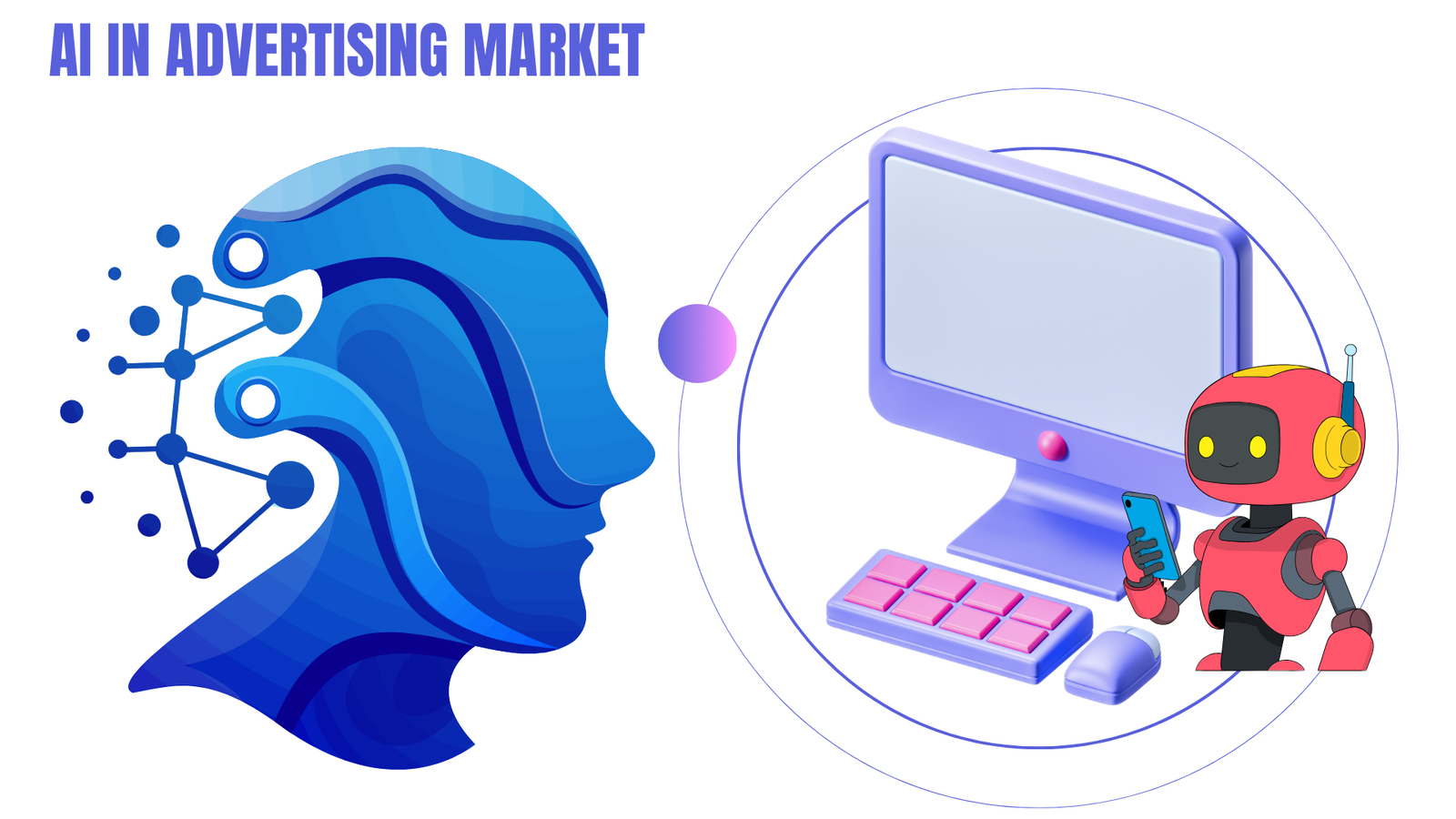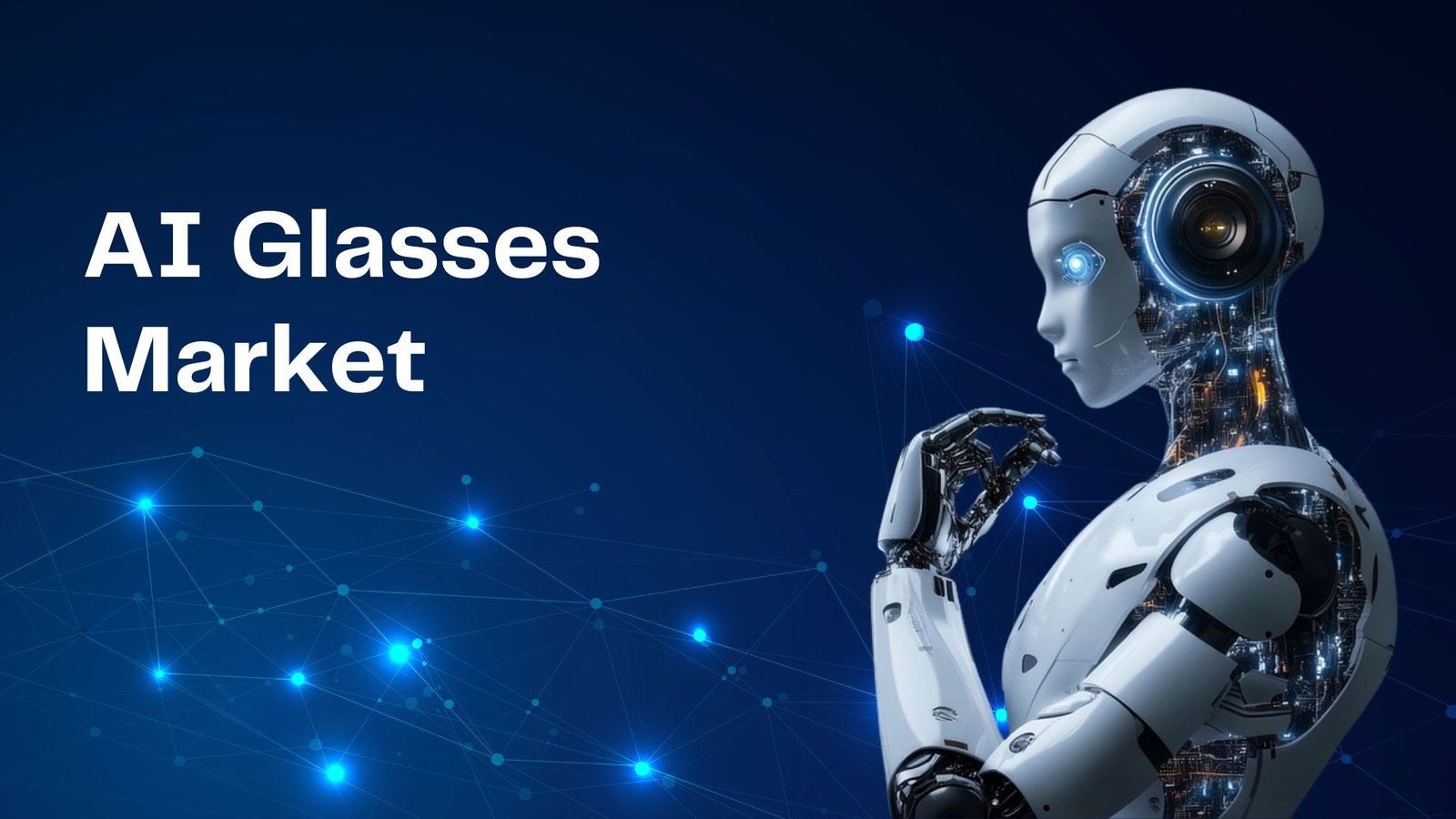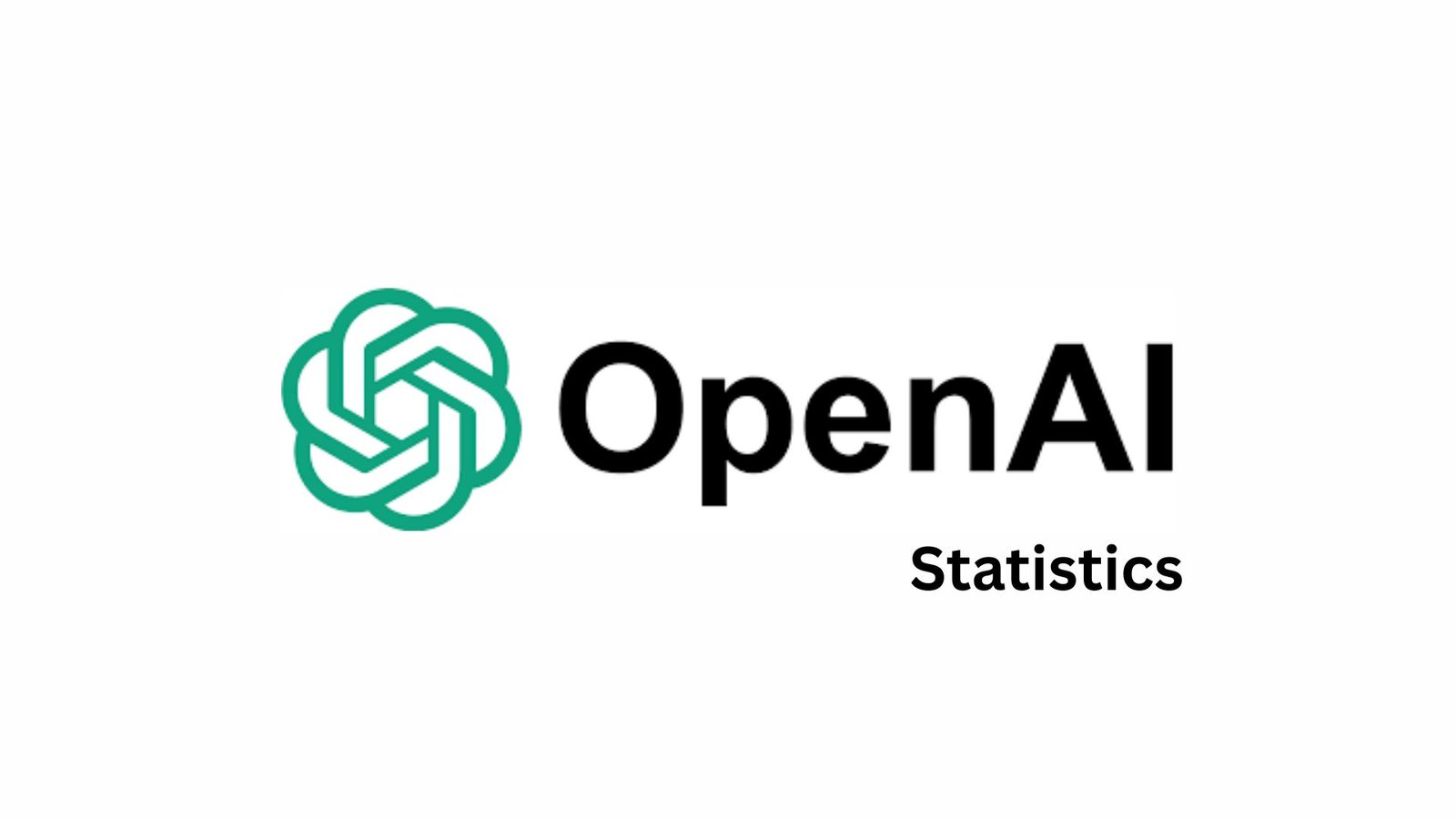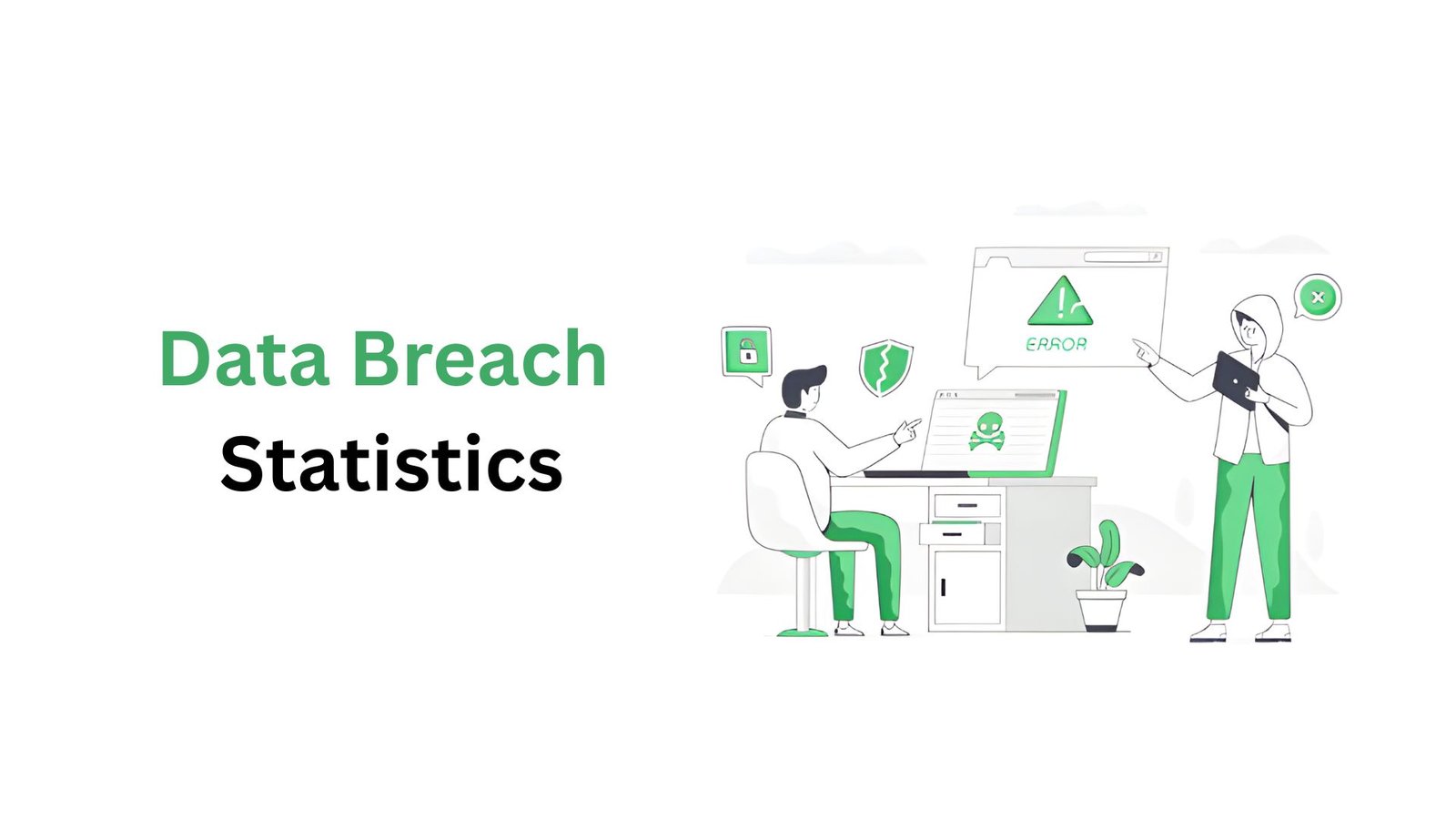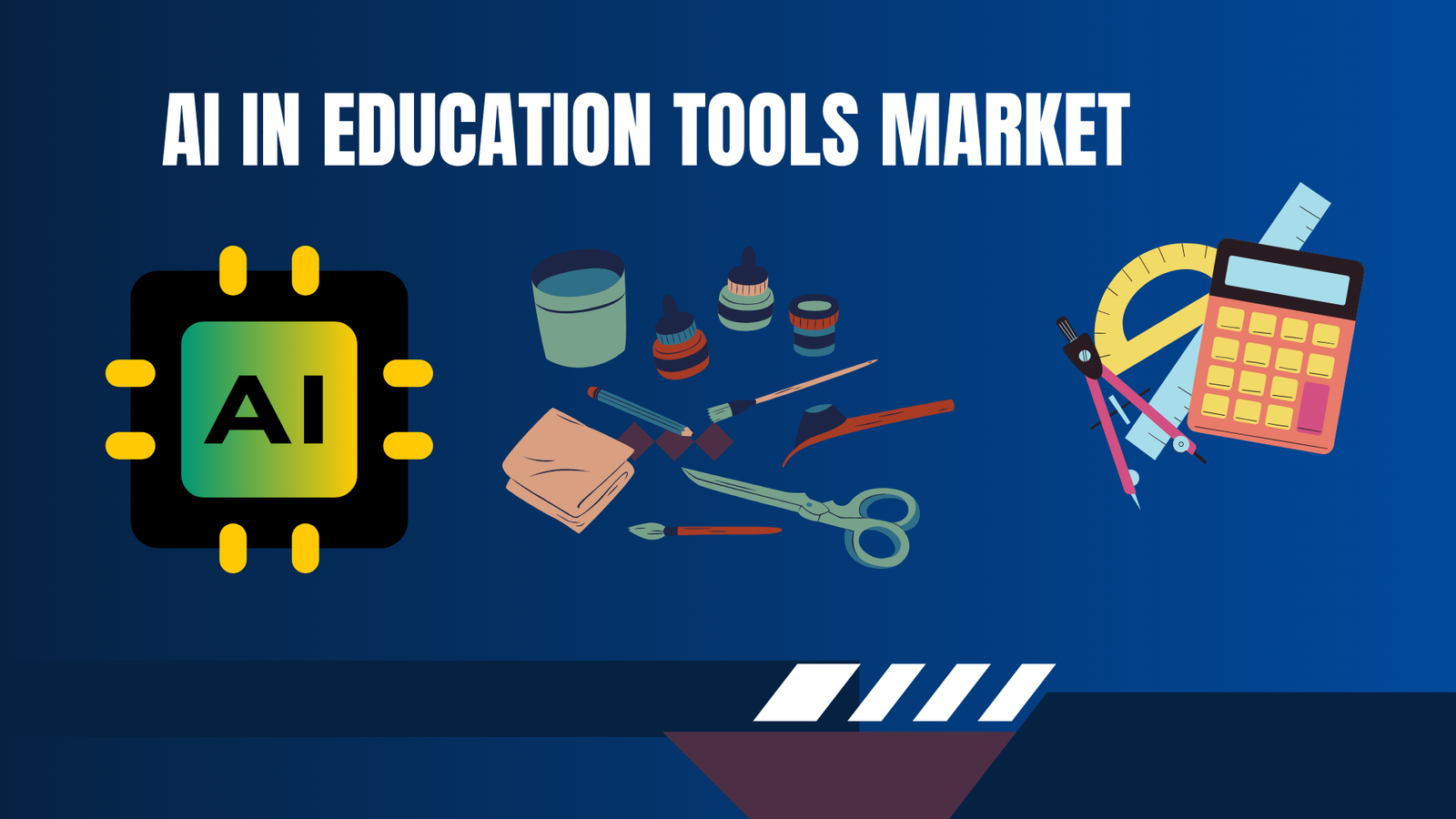Edge Computing Market to hit USD 206 billion by 2032
Updated · Sep 24, 2025
WHAT WE HAVE ON THIS PAGE
Edge Computing Market Size
The global edge computing market is experiencing strong growth, advancing from USD 47 billion in 2023 to an anticipated USD 206 billion by 2032. This progression represents a compound annual growth rate of 18.3% during the forecast period from 2023 to 2032. The expansion is being driven by rising demand for low-latency data processing, the proliferation of IoT devices, and the growing need for efficient network bandwidth utilization. Industries such as manufacturing, healthcare, and telecommunications are increasingly adopting edge solutions to enable faster decision-making and improve overall system performance.
Edge computing is a technology approach where data processing happens close to the location where data is generated rather than relying entirely on centralized cloud data centers. This setup reduces the time it takes to process and analyze data, enabling faster decision-making and better performance for applications that need real-time responses. In 2025, this approach has become essential for industries such as healthcare, telecommunications, manufacturing, and smart cities, where immediate data insights drive critical operations. About 75% of enterprise data is expected to be processed at the edge by 2025, a sharp increase from just 10% in 2018, showing how quickly organizations are moving toward decentralized data management.
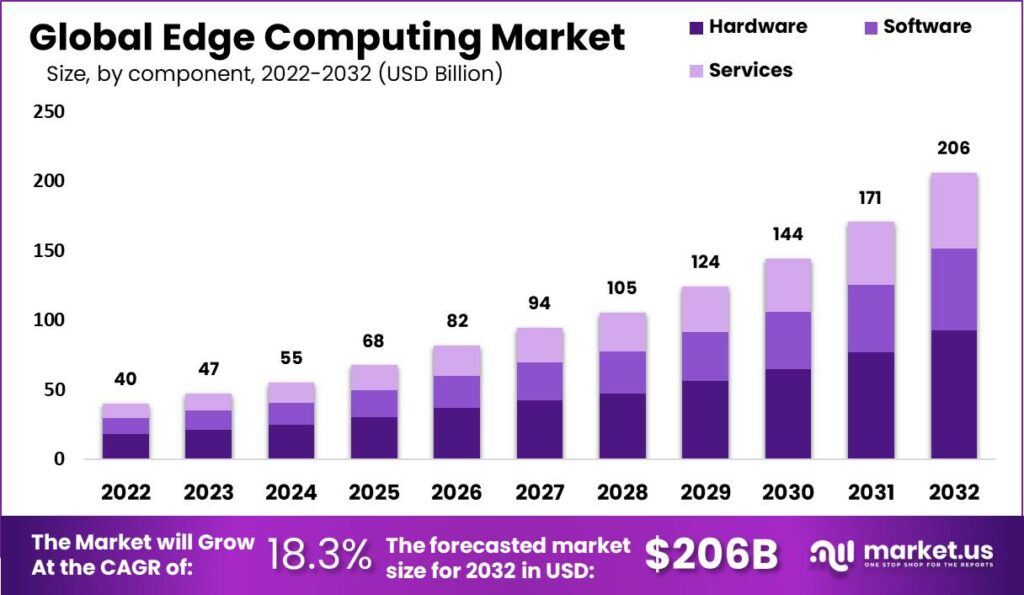
Technologies increasingly adopted in edge computing environments include advanced AI and machine learning at the edge, edge servers designed for rugged and industrial use, and sophisticated edge management and orchestration platforms. AI-driven edge devices enable intelligent real-time data processing and predictive maintenance, while high-performance edge servers handle critical workloads locally without cloud dependence. There is growing attention on ensuring energy efficiency and handling operations across thousands of distributed devices.
The reasons organizations adopt edge computing revolve around improved operational efficiency, lower latency, and enhanced data security. Processing data near its source reduces the delays inherent in transmitting data to remote cloud centers and back, which is vital for time-sensitive applications. Localized data handling also reduces bandwidth use and associated costs. Furthermore, edge computing supports compliance with data privacy regulations by holding data within geographical or jurisdictional boundaries.
Key Insight Summary
- The market is projected to grow from USD 47 billion in 2023 to nearly USD 206 billion by 2032, registering a robust CAGR of 18.3%.
- In 2022, the Hardware segment dominated with more than 45% share, underlining the critical role of infrastructure components in edge deployments.
- The Industrial Internet of Things (IIoT) segment secured over 30% share in 2022, showing its leadership in driving edge computing adoption.
- The Energy and Utilities sector held a significant position with more than 16% share, reflecting growing demand for real-time monitoring and efficiency optimization.
- Regionally, North America led the market with a commanding 42% share and revenues of about USD 16.8 billion in 2022, highlighting its dominance in early adoption and infrastructure investment.
Analysts’ Viewpoint
Demand is high in industries such as manufacturing, utilities, and energy where local control is vital for efficiency and safety. Cities are also deploying edge computing for video surveillance, traffic signals, and environmental monitoring. In consumer markets, applications include autonomous vehicles, connected homes, and entertainment services. North America and Europe are leading in early adoption, while Asia Pacific is expanding quickly due to large scale industrial growth and smart infrastructure programs.
Edge solutions use lightweight servers, compact computing devices, and specialized processors designed for artificial intelligence tasks. Software platforms allow companies to deploy and manage many distributed devices from a central point. Security tools are being added to protect data and devices. Integration with cloud systems is common, creating a mixed environment where local devices handle immediate processing and larger systems handle storage and long term analysis.
Organizations adopt edge computing to gain faster response, lower communication costs, and more reliable performance. Local processing keeps sensitive information on site, which supports compliance with regulations and improves privacy protection. In industrial settings, operations continue even if external connections fail, which reduces downtime. For service providers, edge computing allows them to offer better customer experiences by reducing delays in digital applications.
Driver Analysis
Growth of IoT and Real-Time Data Needs
The rapid spread of IoT devices is a leading driver pushing edge computing adoption. With billions of connected devices generating vast amounts of data, processing this information in real-time at the source reduces delay and network traffic. For instance, industries like manufacturing and healthcare rely on edge computing to analyze sensor data immediately to improve operational efficiency and patient monitoring. This local processing ensures faster response times and reduces dependence on distant cloud servers, making edge computing critical for applications that cannot tolerate latency.
Moreover, the rise of technologies like 5G networks further enables edge computing by providing faster and more reliable connections. This combination of IoT expansion and advancing communication infrastructure is driving enterprises to invest more in edge solutions, allowing them to handle immediate data needs efficiently while lowering bandwidth costs. These factors collectively create a strong adoption environment as organizations seek real-time, local analysis capabilities to enhance their business performance.
Restraint Analysis
Security Concerns and Attack Surface Expansion
One major restraint for edge computing growth is the increased security risk associated with distributing data processing across numerous edge devices. Unlike centralized cloud environments, edge devices are often geographically spread out and physically less secure, making them more vulnerable to cyberattacks. For instance, industries handling sensitive information such as healthcare and finance must carefully manage data protection while operating across multiple edge points. This expanded attack surface requires robust security frameworks which can sometimes be costly and complex to implement.
Additionally, managing security consistently across diverse hardware and software systems at the edge poses a challenge. Organizations face higher risks of breaches due to limited physical control and increased points of vulnerability. As a result, fears around data integrity and privacy slow down the edge adoption curve, demanding continuous investments in encryption, monitoring, and compliance measures to mitigate these concerns.
Opportunity Analysis
AI and Advanced Analytics at the Edge
The integration of artificial intelligence and advanced analytics into edge computing presents a significant opportunity for new business value. By enabling AI models to run close to data sources, companies can perform real-time decision-making without expensive cloud transfers or delays. For example, retail outlets use edge AI to personalize customer experiences immediately, while manufacturing plants deploy AI-powered predictive maintenance systems to reduce downtime and costs. This localized intelligence helps companies respond faster and more effectively to operational changes.
Moreover, edge-based AI reduces cloud dependency, which translates into cost savings and better data privacy management. Industries such as healthcare can analyze medical data onsite, improving treatment speed while keeping information secure. As edge AI technology continues to evolve, its ability to deliver actionable insights instantly makes it a transformative tool across sectors, opening broad opportunities for innovation and efficiency gains.
Challenge Analysis
Resource Constraints on Edge Devices
One of the main challenges associated with edge computing is the limited processing power, storage, and energy resources available on edge devices compared to centralized cloud data centers. Large AI models and data-intensive applications often demand substantial computational capacity, which is difficult to meet at the edge without causing performance bottlenecks or increased latency. For instance, deploying advanced analytics or large language models on small edge devices requires optimization techniques to fit within hardware constraints.
These resource limitations restrict the complexity and scale of workloads that can be handled at the edge, pushing companies to balance between local processing and cloud offloading. Additionally, energy efficiency is critical because many edge devices operate in environments where power is limited. Addressing these constraints involves innovations in model compression, hardware design, and distributed computing architectures. Until these solutions mature widely, the performance gap remains a key barrier to fully exploiting edge computing’s potential.
Key Market Segments
Based on Component
- Hardware
- Software
- Services
Based on Application
- Industrial Internet of Things
- Smart Cities
- Content Delivery
- Remote Monitoring
- Augmented Reality and Virtual Reality
- Other Applications
Based on Industry Verticals
- Energy and Utilities
- Manufacturing
- Telecommunications
- Retail and Consumer Goods
- Healthcare and Life Sciences
- Transportation and Logistics
- Government and Defence
- Media and Entertainment
- Other Industry Verticals
Top Key Players in the Market
- ABB Ltd.
- Atos
- General Electric Company
- Cisco Systems, Inc.
- Hewlett Packard Enterprise Development
- IBM Corporation
- Huawei Technologies Co., Ltd.
- Honeywell International Inc.
- Intel Corporation
- Microsoft Corporation
- Other Key Players
Read More – https://market.us/report/edge-computing-market/
Sources

Barry loves technology and enjoys researching different tech topics in detail. He collects important statistics and facts to help others. Barry is especially interested in understanding software and writing content that shows its benefits. In his free time, he likes to try out new healthy recipes, practice yoga, meditate, or take nature walks with his child.



